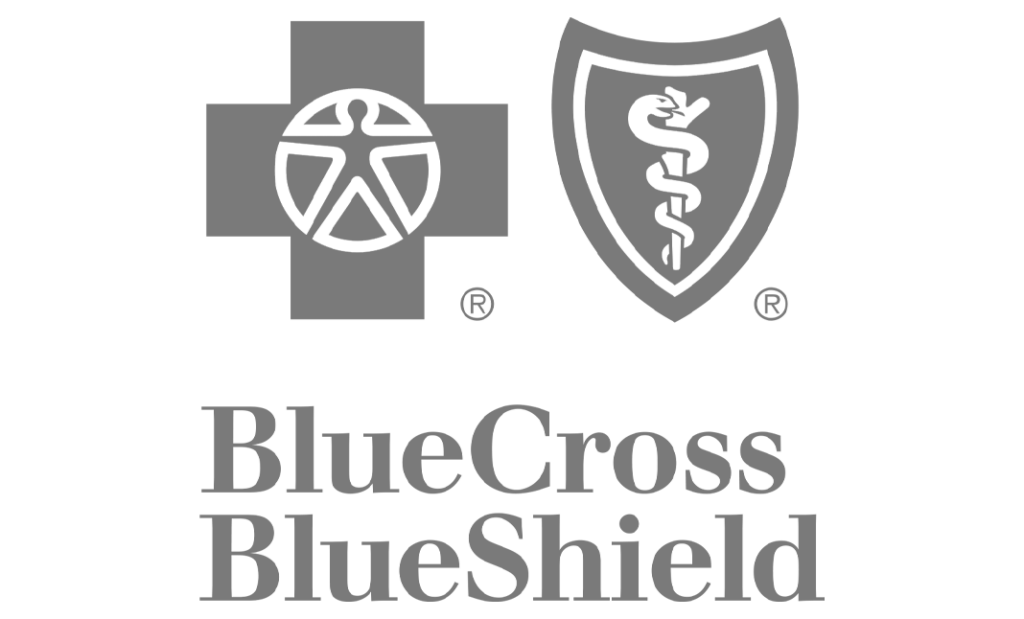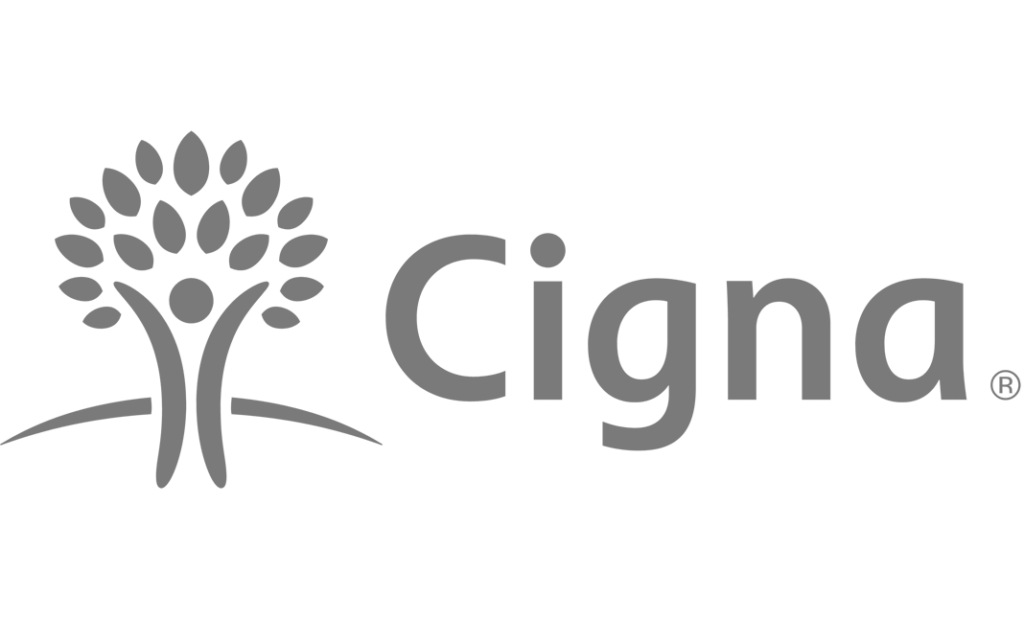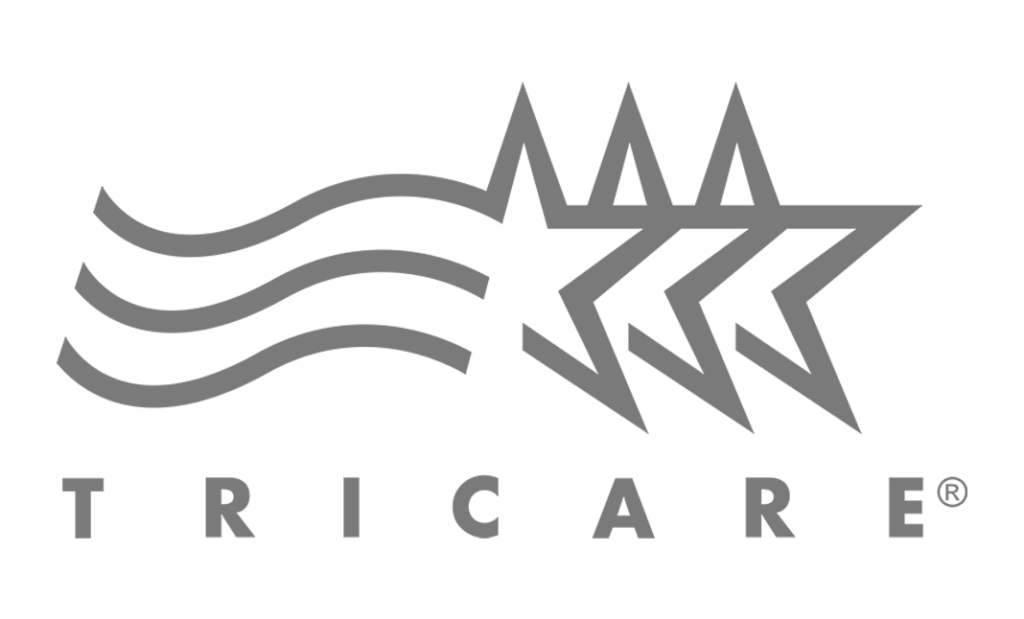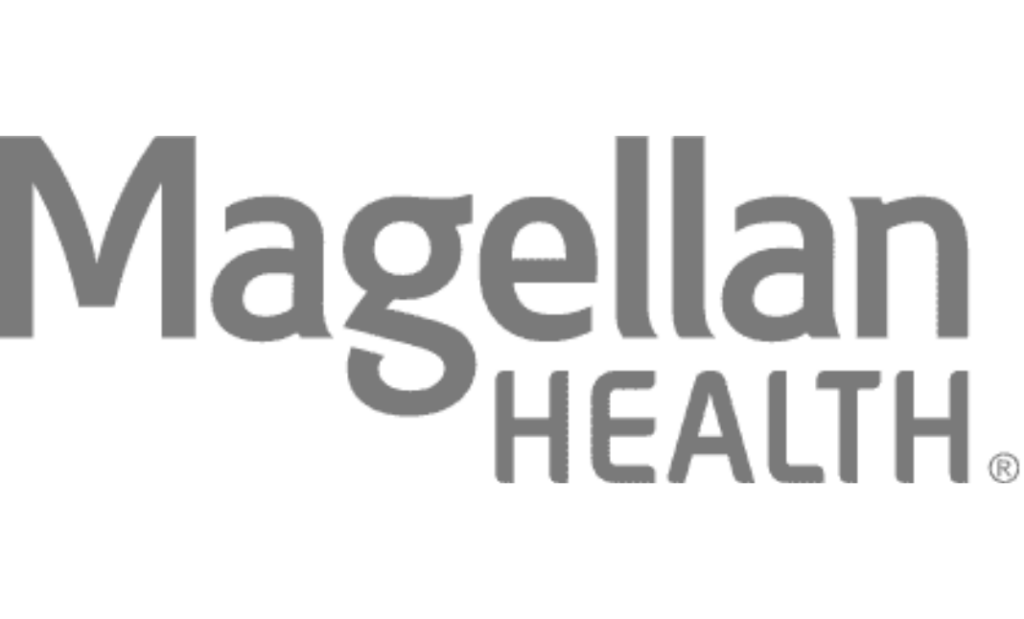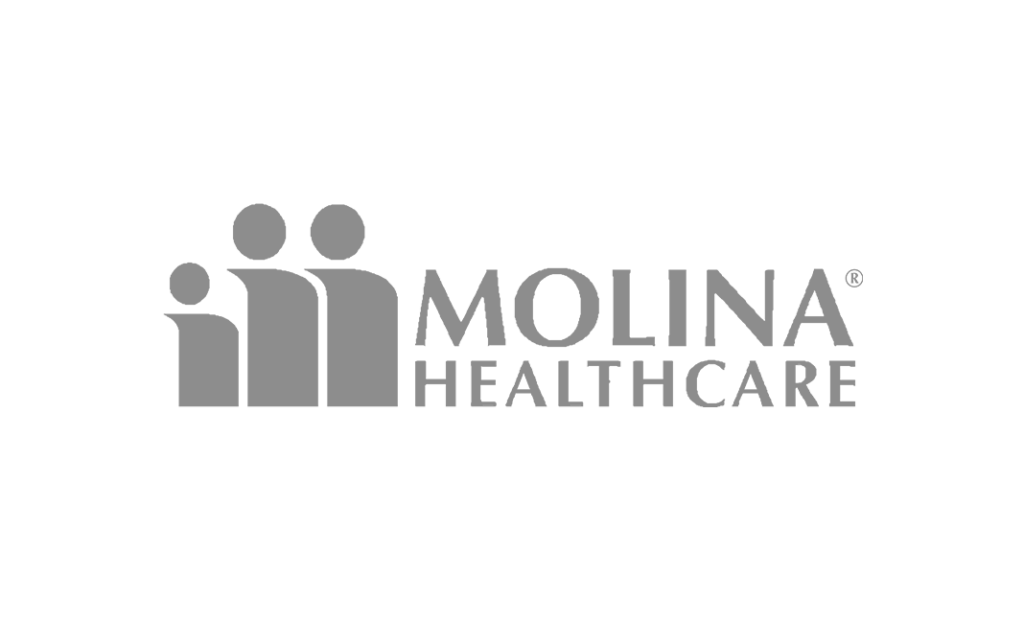Bipolar disorder and substance use disorders commonly co-occur, and you can’t really treat one without also addressing the other. Bipolar disorder or substance use alone are hard to cope with, and those who have these diagnoses face many challenges. There is some hope to be had for recovery though. Dual diagnosis treatment integrates treatment approaches for both issues, investigating how they are linked and treating them properly. While a lot of hard work is required by both the clinician and the client, treating bipolar disorder and substance abuse at the same time can help you start your recovery journey.
What is bipolar disorder?
Bipolar disorder is a mental health condition that impacts 1.5 percent to 2.5 percent of the population. Per the American Psychiatric Association’s Diagnostic and Statistical Manual of Mental Disorders (DSM-5), bipolar disorder is a psychiatric condition that involves experience very high highs (hypomania) and very low lows (depression) in a cyclical manner.
There are three types of bipolar, and bipolar itself sits between the schizophrenia diagnoses and depressive diagnoses in the DSM-5. The word “bipolar” shows this reverberation between the two polarities. A bipolar diagnosis is most commonly assigned to young adults and adolescents. The diagnosis carries into adulthood, but there are often other mental health issues that co-occur, such as anxiety, post-traumatic stress disorder (PTSD), or substance use.
What types of bipolar are there?
Bipolar is broken down into three types: bipolar I disorder, bipolar II disorder, and cyclothymia. It is also possible to have mixed features of these types of bipolar.
Bipolar I disorder is characterized by severe cycling between episodes of mania and depression but can exist without psychotic episodes. Bipolar II is a milder form of the condition in which lesser episodes of hypomania and severe depression. They do not inhibit a person’s ability to function as much as bipolar I but can certainly make life difficult.
Cyclothymia is best described as alternating periods of hypomanic and depressive symptoms that are milder than those in bipolar II. It has been linked with – and perhaps somewhat misdiagnosed – Chiari malformation, a structural abnormality impacting the brain (in particular, the cerebellum, which is now being linked with bipolar depression). Cyclothymia makes life difficult sometimes, but most people are able to carry out normal day-to-day functions.
Mixed features can exist in some individuals. It is characterized by simultaneous occurrences of the opposing mood polarities. People with mixed features can be high-energy, feel restless, get very little sleep, and experience racing thoughts. At the same time, they might also feel exceedingly depressed and hopeless, even to the point of experiencing suicidal ideation or action.
What are observable signs of bipolar?
There are some key characteristics associated with all types of bipolar disorder. If you think you or someone you know is dealing with bipolar disorder, pay attention to the following signs:
Mania/hypomania:
- Being easily distracted
- Unusually upbeat or “wired”
- Extremely energetic or agitated
- A decreased desire to sleep
- Abnormally talkative
- Coming off as extremely self-confident
- Racing thoughts
- Making poor (and often risky) decisions
Major depressive:
- Suicidal ideation or action
- Difficulty concentration or indecisiveness
- A depressed mood
- Loss of pleasure in most or all normal activities
- Excessive guilt or feelings of worthlessness
- Lacking energy or feeling fatigued
- Marked weight loss, weight gain, or a decrease in appetite
- Excessive sleepiness or insomnia
- Sluggish behavior or restlessness
Remember, people who experience mixed features can have both polarities occurring simultaneously and, depending on the type of bipolar, the severity of these signs can differ.
How to know if you might be bipolar?
If you do an Internet search for “Am I bipolar?”, you will find dozens of quizzes that aim to answer this for you. While these quizzes seem helpful at first, it really is up to you to pay attention to the signs and bring them up with your doctor.
If you feel like you struggle to enjoy things you used to like, have difficulty focusing, forget a lot of things, move slowly, and eat too little or too much, you are experiencing depressive symptoms. If you go between those and feeling euphoric, then angry, strung-out, and like your thoughts just dash from one thing to another, you could be bipolar. If you experience these signs in conjunction with substance use, you could be experiencing a combination of bipolar disorder and addiction.
What causes bipolar disorder?
Researchers are still trying to figure out what causes bipolar disorder. There is evidence to suggest genetic components play a role. Also, there are biological explanations, including hormonal problems, neurochemical imbalances, and environmental factors like extreme stress. As already mentioned, abnormalities involving the cerebellum might be a cause for bipolar disorder. There is still a lot of work left to do to figure out what causes bipolar.
Bipolar disorder and substance use disorders commonly co-occur, and you can’t really treat one without also addressing the other. Bipolar disorder or substance use alone are hard to cope with, and those who have these diagnoses face many challenges. There is some hope to be had for recovery though. Dual diagnosis treatment integrates treatment approaches for both issues, investigating how they are linked and treating them properly. While a lot of hard work is required by both the clinician and the client, treating bipolar disorder and substance abuse at the same time can help you start your recovery journey.
What is bipolar disorder?
Bipolar disorder is a mental health condition that impacts 1.5 percent to 2.5 percent of the population. Per the American Psychiatric Association’s Diagnostic and Statistical Manual of Mental Disorders (DSM-5), bipolar disorder is a psychiatric condition that involves experience very high highs (hypomania) and very low lows (depression) in a cyclical manner.
There are three types of bipolar, and bipolar itself sits between the schizophrenia diagnoses and depressive diagnoses in the DSM-5. The word “bipolar” shows this reverberation between the two polarities. A bipolar diagnosis is most commonly assigned to young adults and adolescents. The diagnosis carries into adulthood, but there are often other mental health issues that co-occur, such as anxiety, post-traumatic stress disorder (PTSD), or substance use.
What types of bipolar are there?
Bipolar is broken down into three types: bipolar I disorder, bipolar II disorder, and cyclothymia. It is also possible to have mixed features of these types of bipolar.
Bipolar I disorder is characterized by severe cycling between episodes of mania and depression but can exist without psychotic episodes. Bipolar II is a milder form of the condition in which lesser episodes of hypomania and severe depression. They do not inhibit a person’s ability to function as much as bipolar I but can certainly make life difficult.
Cyclothymia is best described as alternating periods of hypomanic and depressive symptoms that are milder than those in bipolar II. It has been linked with – and perhaps somewhat misdiagnosed – Chiari malformation, a structural abnormality impacting the brain (in particular, the cerebellum, which is now being linked with bipolar depression). Cyclothymia makes life difficult sometimes, but most people are able to carry out normal day-to-day functions.
Mixed features can exist in some individuals. It is characterized by simultaneous occurrences of the opposing mood polarities. People with mixed features can be high-energy, feel restless, get very little sleep, and experience racing thoughts. At the same time, they might also feel exceedingly depressed and hopeless, even to the point of experiencing suicidal ideation or action.
What are observable signs of bipolar?
There are some key characteristics associated with all types of bipolar disorder. If you think you or someone you know is dealing with bipolar disorder, pay attention to the following signs:
Mania/hypomania:
- Being easily distracted
- Unusually upbeat or “wired”
- Extremely energetic or agitated
- A decreased desire to sleep
- Abnormally talkative
- Coming off as extremely self-confident
- Racing thoughts
- Making poor (and often risky) decisions
Major depressive:
- Suicidal ideation or action
- Difficulty concentration or indecisiveness
- A depressed mood
- Loss of pleasure in most or all normal activities
- Excessive guilt or feelings of worthlessness
- Lacking energy or feeling fatigued
- Marked weight loss, weight gain, or a decrease in appetite
- Excessive sleepiness or insomnia
- Sluggish behavior or restlessness
Remember, people who experience mixed features can have both polarities occurring simultaneously and, depending on the type of bipolar, the severity of these signs can differ.
How to know if you might be bipolar?
If you do an Internet search for “Am I bipolar?”, you will find dozens of quizzes that aim to answer this for you. While these quizzes seem helpful at first, it really is up to you to pay attention to the signs and bring them up with your doctor.
If you feel like you struggle to enjoy things you used to like, have difficulty focusing, forget a lot of things, move slowly, and eat too little or too much, you are experiencing depressive symptoms. If you go between those and feeling euphoric, then angry, strung-out, and like your thoughts just dash from one thing to another, you could be bipolar. If you experience these signs in conjunction with substance use, you could be experiencing a combination of bipolar disorder and addiction.
What causes bipolar disorder?
Researchers are still trying to figure out what causes bipolar disorder. There is evidence to suggest genetic components play a role. Also, there are biological explanations, including hormonal problems, neurochemical imbalances, and environmental factors like extreme stress. As already mentioned, abnormalities involving the cerebellum might be a cause for bipolar disorder. There is still a lot of work left to do to figure out what causes bipolar.
What are the risks of co-occurring addiction issues?
Researchers have discovered that about 50 percent of those diagnosed with a substance use disorder will also have a mental health condition occurring at the same time. Bipolar symptoms are difficult to deal with on your own, and some people will attempt to self-medicate with drugs and/or alcohol. The reverse can also happen where a person uses a substance that impacts their body and brain.
Knowing when or if it’s time to seek help
Seeking help is imperative if you start to feel like you cannot function how you used to. If you or your loved one is using substances as a way to cope with symptoms, going through a medical detox in a safe, professional setting is crucial for recovery. Even if you aren’t experiencing severe symptoms, there is a form of treatment that can help you.
How is bipolar and substance abuse treated?
Dual diagnosis treatment is available for treating bipolar disorder and substance abuse. Levels of care depend on the seriousness of your conditions. Residential treatment for bipolar disorder and addiction can help those with serious substance use and co-occurring bipolar symptoms. Partial hospitalization is also an option, as it allows you to receive personalized care while also going home and sleeping in your own bed at night.
Outpatient care is available for less severe cases but is still very comprehensive. Clients at Defining Wellness can opt for an Intensive Outpatient Treatment (IOP) program. You can work with a counselor to create a plan for treatment that vibes with your daily life.
The staff at Defining Wellness Centers™ know that everyone is different. Here, treating bipolar disorder and substance abuse involves intensive, personalized work. We are here to walk beside you on your recovery journey, so do not hesitate to reach out and ask for help.











